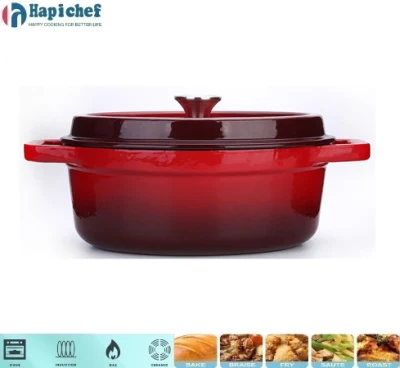Techniques for Restoring and Maintaining Your Cast Iron Skillet for Optimal Cooking Performance
Stripping a Cast Iron Skillet A Guide to Reviving Your Cooking Companion
Cast iron skillets are beloved kitchen staples known for their excellent heat retention and even cooking. Over time, however, these trusty pans can accumulate layers of residue, rust, or stubborn food particles that make them less effective and even unsightly. If you own a cast iron skillet that has seen better days, stripping it down to its bare metal may be necessary to restore its functionality. In this article, we will explore the process of stripping a cast iron skillet and the considerations to keep in mind.
Why Strip a Cast Iron Skillet?
Stripping a cast iron skillet can be necessary for several reasons. If your skillet has developed a thick layer of burnt-on food or grease buildup that regular cleaning cannot remove, it may hinder your cooking abilities. Additionally, if your skillet has become rusty due to improper storage or moisture exposure, stripping it to the bare iron will allow you to address the root of the problem effectively. Finally, if you have inherited a vintage cast iron skillet that has not been used in years, it might need extensive restoration to bring it back to life.
The Stripping Process
1. Gather Your Materials To strip your cast iron skillet, you will need a few essential items a well-ventilated workspace, a wire brush or steel wool, oven cleaner or a lye solution, gloves, a mask, and water. Depending on the level of buildup, you may also need aluminum foil and a baking sheet for the oven cleaning method.
2. Choose Your Method There are several methods to strip a cast iron skillet. The oven cleaner method involves applying a layer of commercial oven cleaner to the skillet's surface, covering it in plastic wrap, and letting it sit for several hours or overnight. Afterward, you can scrub away the residue with steel wool. The lye method involves soaking the skillet in a lye solution, which effectively breaks down the old seasoning and rust but requires careful handling due to lye's caustic nature.
stripping a cast iron skillet factories

3. Remove Residue After allowing your chosen method to work, use a wire brush or steel wool to scrub the skillet thoroughly. Pay special attention to any stubborn areas, ensuring you remove all remaining food particles and rust.
4. Wash and Rinse Once the skillet is stripped, wash it thoroughly with hot, soapy water to remove any chemical residues from the cleaning agent. Rinse it well to ensure that no soap remains, as this can affect the skillet’s ability to hold seasoning.
5. Re-season the Skillet After thoroughly drying the skillet, it is essential to apply a new layer of seasoning. This involves coating the skillet with a thin layer of cooking oil (such as flaxseed, vegetable, or canola oil) and baking it upside down in the oven at a high temperature (around 450°F or 232°C) for one hour. This process creates a non-stick surface and protects the skillet from rusting.
Maintenance Tips
To keep your cast iron skillet in peak condition, it's essential to maintain it properly. Avoid soaking it in water or putting it in the dishwasher. Instead, clean it with a stiff brush and hot water immediately after use. When needed, re-season your skillet to maintain its non-stick qualities and prevent rust.
In conclusion, stripping a cast iron skillet can be a rewarding process that revives a cherished kitchen tool. By understanding the reasons behind the stripping process and employing the right methods, you can restore your skillet to its former glory, ensuring many more years of delicious meals ahead. Embrace the natural beauty of cast iron and respect its storied past as you prepare to make new culinary memories.
-
Transform Your Kitchen with Big Iron Cast Wok CraftsmanshipNewsAug.05,2025
-
Traditional Cooking with Cast Iron Woks and Pots with HandlesNewsAug.05,2025
-
Outdoor and Indoor Cooking with Cast Iron Wok MasteryNewsAug.05,2025
-
Maximize Outdoor Cooking Versatility with Premium Cast Iron WoksNewsAug.05,2025
-
Master Traditional Cooking with a Chinese Cast Iron WokNewsAug.05,2025
-
Culinary Power with High-Performance Cast Iron WoksNewsAug.05,2025
-
Why Every Kitchen Needs a Casserole Cast Iron DishNewsJun.24,2025
